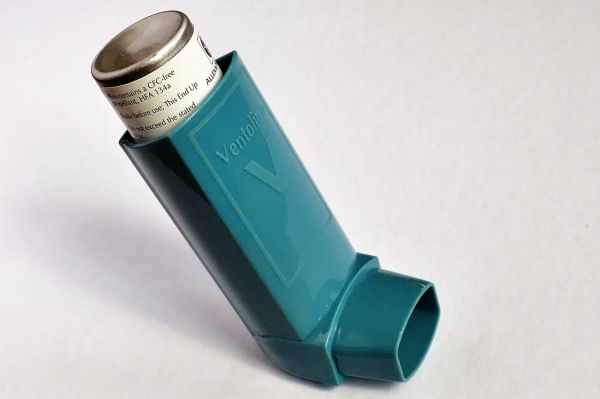A multidisciplinary team of University of Utah Health scientists has received a five-year, $3 million grant from the National Institutes of Health to investigate how variations in pollutant-sensing genes in the lungs could influence air pollution’s effects on children who have asthma. The researchers say the newly funded effort could potentially lead to the development of personalized medical interventions capable of treating or even preventing the disease.
“Having a better understanding of how certain components of air pollution adversely affect individual children living with asthma could be a real game changer,” says Christopher Reilly, a professor of pharmacology and toxicology in the University of Utah College of Pharmacy and the study’s principal investigator. “The study could reveal a variety of innovative ways to improve treatments and interventions based on genetic profiles, an individual’s exposures to different environmental triggers and asthma symptom control data.”
About 6% of Utah children younger than 18 have asthma, according to the Utah Department of Health. Asthma, a chronic lung disease that causes inflammation of the airways and difficulty breathing, is responsible for more than 2,800 emergency visits, 780 hospitalizations and up to 30 deaths among Utah children each year. Nationally, the disease afflicts about 8% of children and accounts for more than 625,000 emergency room visits and hospital stays each year, according to the Centers for Disease Control and Prevention.
The U of U Health team, which includes pediatricians, computer scientists, engineers, epidemiologists, nursing researchers, pharmacologists and toxicologists, plans to recruit about 500 children and follow them for several years. They will use an app called e-Asthma Tracker to assess children’s symptoms on a weekly basis. Data from the asthma tracker surveys allows treating physicians to track an individual’s symptom control and make timely recommendations to stabilize worsening asthma. The asthma tracker data will be compared to local air pollution and integrated with genetic data to help determine what types of pollutants affect individual children with the disease over time.
Read more at University of Utah
Photo Credit: InspiredImages via Pixabay


